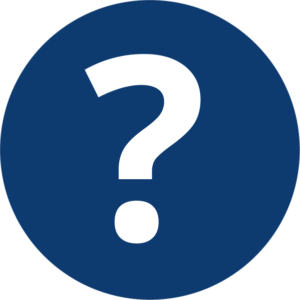
 Your Mission…
Your Mission…
Locate and send us a count of how many shore crabs you see! Hint: Shore crabs are found on the beach under rocks at low tide. You will need to be quick as shore crabs are fast! Please replace rocks to where you found them.
Located on the west shore of Eld Inlet the park has 1400 feet of saltwater shoreline, views of MT Rainier and a short easy hike through the forest.
KNOW BEFORE YOU GO:
Dogs are welcome and must be on a leash at all times. Please pick up after your pet. Pet waste is raw sewage and can harm – pollute shellfish beds and spread diseases to humans. Remember every poo, every time!

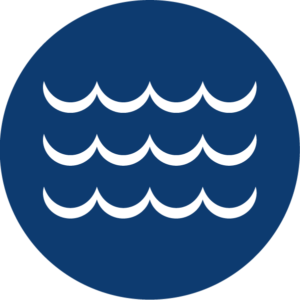 What are tides?
What are tides?
Tides are caused by the gravitational pull of the moon and sun. As earth’s gravity keeps water on the planet’s surface it is also the cause of tides. Like coastlines worldwide, in Puget Sound we have both low and high tides usually twice daily.
Visit this fun animated, kid friendly video about how tides work https://www.youtube.com/watch?v=27ALOrlMyds&t=1s.
For a more in-depth explanation and look at tides, please visit NOAA’s website.
To predict the tide before you go solve the mission for Nisqually Reach Nature Center! Remember to change your location to Flapjack Point -Eld Inlet.

 Let’s Begin
Let’s Begin
Taking the trail to the beach, you will walk through second growth forest. What is second growth forest? It is the forest that grows after the original trees where cut.
Can you find a stump left from when the forest was cut almost 100 years ago?

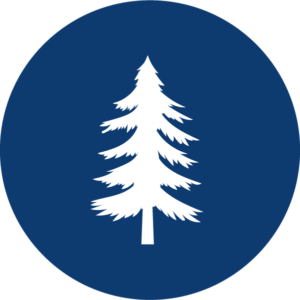 Trees
Trees
Can you answer this riddle?
I have a crown, trunk, heart and roots. My crown sits on top reaching for the sunlight. I have a trunk although I am not an animal. My trunk acts as a highway for food. As I get older, I develop my heart or heartwood. My roots anchor me in the ground and store food for winter. What am I? A tree!
Trees are woody plants and get their food through photosynthesis, through their leaves. Like other plants they pull in carbon dioxide and water using the suns energy to transform it to sugars that feed the tree. As a result of this chemical reaction oxygen is produced and released by the tree, helping create the air we breathe.
Some trees are deciduous, and some are evergreen. Evergreen trees or conifers do not lose their leaves like a deciduous tree which shed their leaves yearly in fall when the weather cools, and there is less sunlight.
How many different trees can you identify?
Can you identify a trees parts?

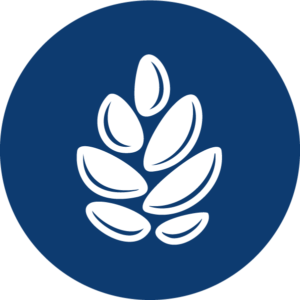 Non-Native Plants
Non-Native Plants
Also found in this forest are many non-native invasive or spreading plants. What does that mean?
These are plants that came from somewhere else that would not naturally be found here. Why are they a problem? These plants spread very easily and can take over an entire forest smothering out the native vegetation.
Native insects such as butterflies depend on native plants as many of their larvae cannot eat introduced invasive plants, such as the much-advertised butterfly bush.
Can you find these invaders?
How can you help? Volunteer with local parks to remove invasives and plant native trees and shrubs!
Check out these websites for more information on how to identify, remove and dispose of noxious-invasive weeds.
Thurston County’s Noxious Weed: https://www.thurstoncountywa.gov/pw/nw/Pages/default.aspx
King County Noxious Weeds: https://kingcounty.gov/services/environment/animals-and-plants/noxious-weeds.aspx
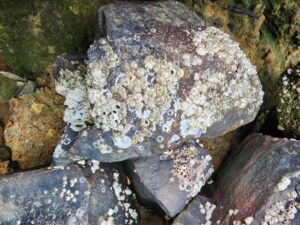
![]()
The Beach
When you get to the beach what is the first animal you see?
Have you seen me? I have a very hard shell and like to grow on rocks and other hard surfaces where the tide reaches. I can close up tight when the tide is out to keep from drying and when the tide is in, I eat microscopic plankton with my feathery tentacle like appendage.
I am a barnacle!

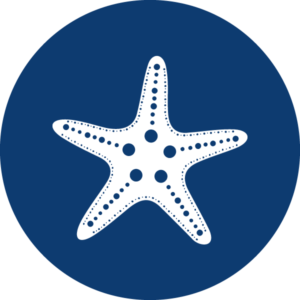 Beach Scavengers
Beach Scavengers
Have you seen what resides under the larger rocks on the shore when the tide is out? Shore crabs, and more shore crabs!
Theses little crabs are common on Puget Sound beaches and are easily found under rocks and feeding on green algae. Remember to carefully turn your rock back in place as you found it!
Crabs come in all shapes, colors and sizes. They have ten legs and eyes that are found on short stocks. They molt their hard shells when they grow and then grow a new larger shell.
How do crabs breathe? Through gills! Did you know that there are crabs that live on land? All crabs whether they live on land or in water must be kept moist so that they can breathe.
Remember to submit your crab count for this mission!

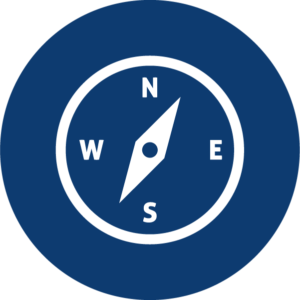 Seaweed
Seaweed
Have you found any seaweed growing? One of the most common seaweeds is rockweed or fucus and it can be found along the rocky coastlines of Puget Sound and here at Frye Cove.
Rockweed is a brown seaweed and can be found attached to rocks and other hard surfaces when the tide is low. Seaweed like most plants, grow more abundant in summer when there is the most sunlight. In winter you can find masses of broken seaweed debris at the tide line caused by winter storms breaking them free.
Can you find the pillow of air in the leaves? This helps the seaweed leaves float close to the surface of the water so they can collect sunlight for photosynthesis just like land plants.
Learn more about rockweed and other marine algae species.
![]()
Shoreline
The shoreline area or marine nearshore is the area where the bluffs or land begins, then far out into the water where there is not enough light to grow plants. This area is very productive and teaming with lots of sea life in the saltwater and above and below the sand.
The nearshore is a valuable habitat providing homes and food for many species of birds, fish, including salmon, shellfish, like clams and oysters, crabs, barnacles and even whales depend on this habit for food.
Can you detect clam holes on the soft sandy beach or bird or small animal tracks?
If you are really lucky, you may see Orcas swimming near! Look for recent whales sightings on the Orca Network sighting map.
For an extensive student lesson about the nearshore visit: https://www.pac.dfo-mpo.gc.ca/education/lessonplans-lecons/nearshore-zone-littorale-eng.html.

 Shellfish
Shellfish
Many types of native clams live below the sand and their sandy habitat extends throughout the low tide line. As you neared the beach a sign can be found discussing the different shellfish found on these beaches. Frye Cove Park allows shellfish harvesting with a Sport Fishing license from Washington Department of Fish and Wildlife during certain times of the year.
Know about red tides when harvesting shellfish!
The water may appear clear but algal blooms producing a paralytic shellfish poison commonly referred to as “red tide’ may be present and can be deadly if ingested. Contact the Department of Heath hotline on the sign to find out if it is safe to harvest.
Want to know more about plankton in our area? During summer, Stream Team sponsors weekly plankton studies partnering with Pacific Shellfish Institute for What’s Blooming? You can dip the net and view the different types of plankton under the microscope.
Plankton are a very important part of the food web in our oceans feeding numerous species including baleen whales!
All marine species depend on clean water even clams and oysters. To keep our waters clean – remember to always pick up after your pet. Did you find the colorful pet waste station near the beach entrance?
Pet waste is raw sewage and has harmful bacteria. It washes down into our waterways when it rains contaminating shellfish beds making them unsuitable for human consumption. So please remember – Every doo, every time!
Visit Stream Team’s Actions for Clean Water for more information on how you can keep Puget Sound clean!
![]()
Congratulations!
You have completed your mission to locate and send us a count of how many shore crabs you see! Don’t forget to login to the Goose Chase App and submit your photo for this mission to collect your park specific sticker!

